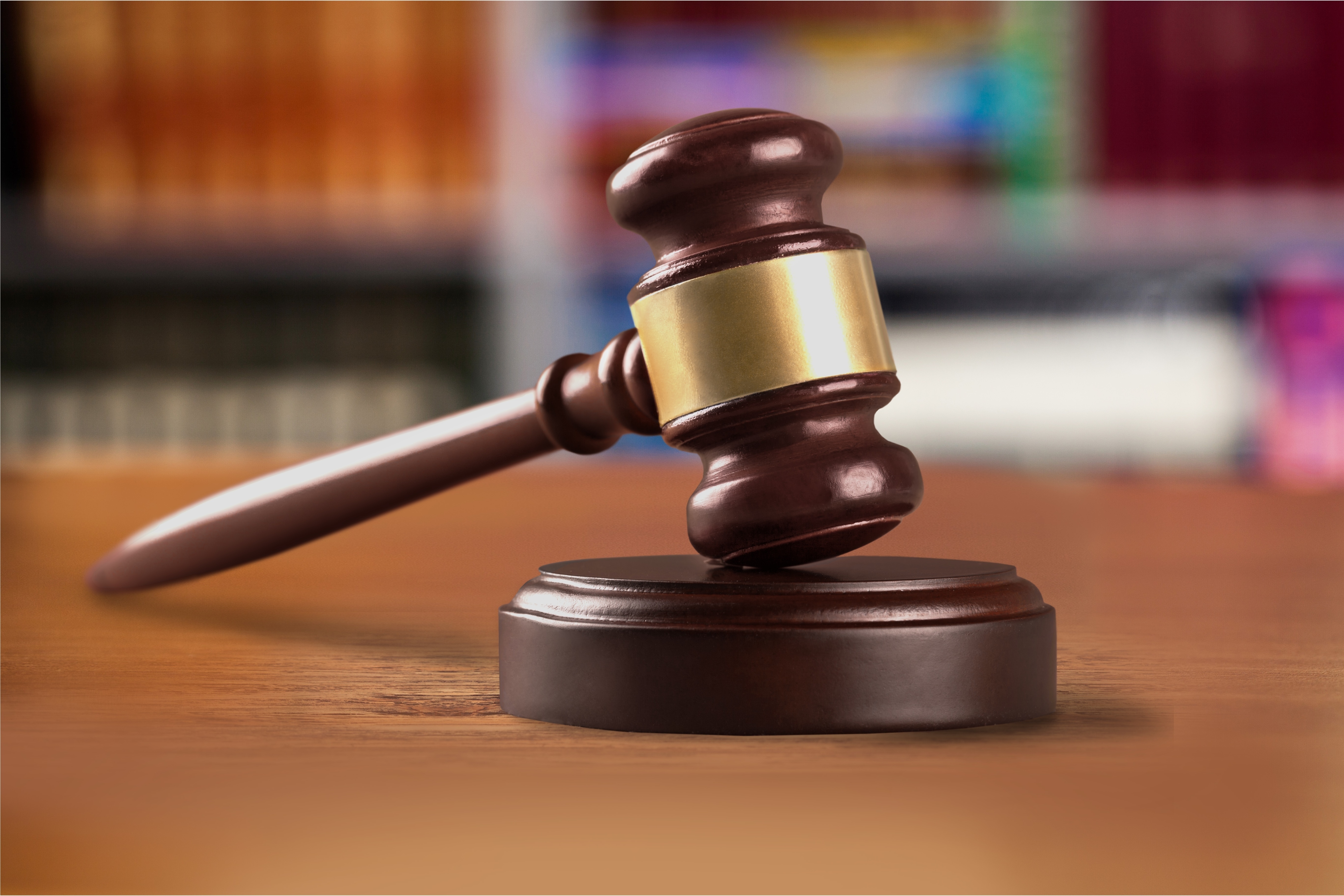Proving Discrimination in the Workplace

Proving workplace discrimination is the same whether the basis of discrimination is age, gender, race, color, religion, or something else listed as a protected category. Recent court decisions have made proving discrimination more complicated than it once was. However, there are organizations and processes to guide employees who feel that they have been the victims of discrimination in the workplace including government agencies and nonprofit organizations. First and foremost in the process is determining the employee’s situation. He or she must be suffering discrimination due to a cause that is within a protected category, and then they must show that they experienced unfavorable treatment in employment because of this issue. Since everyone belongs to a gender or sex, everyone is protected in at least one of the protected categories from being discriminated against because of gender. There are also people who belong to more than one category. Unfavorable treatment where one employee discriminates against another affects a person’s job and has an adverse impact on the work environment.
Next, in the process is assessing the employer’s reasons for having taken action against an employee. Just because an employee has been reprimanded or even fired, doesn’t mean that it’s illegal. It can be legitimate for either economic reasons, such as down-sizing, and not because an individual is a Muslim or black.
Third is proving that the employer’s action was not due to a legitimate reason. For example, after firing a Muslim employee, the employer immediately hires a replacement, proving that there is no downsizing and no other Muslims work at the company. Perhaps something derogatory was said in the workplace directly to the employee, or indirectly to others at the company. Some courts hold that showing the employer’s stated reason was not true is sufficient enough to hold him liable. However, it is most common that showing that the employer’s stated reason is not the real reason is simply not enough to prove discrimination. The employee must still present evidence to show that she was fired specifically because he is a Muslim or black or a female. The employee may be able to show that the employer who fired her prohibited her from practicing her religion or said something against her faith.
Statistics can also be very helpful in proving discrimination in the workplace cases. This applies in particular in very large companies, where there are a large number of employees that make a real statistical analysis possible. For instance, a woman applying for a job position she is highly qualified for was rejected. She later found out that the person who was hired was far less qualified than her, and was male. With that, the company could just say that she didn’t perform well in the interview which is a good and legal reason not to hire an individual despite their qualifications. However, if she can show that more men were preferred for the position, and few or none of the women applying were hired, it can be proven through statistical data that the company is systematically discriminating against women. If the stats provided are sufficient, then it can serve as solid evidence of an act of discrimination.
It is important to remember that employees all have rights prescribed by law, ensuring that all people share equal opportunities for employment and economic growth. No one should be experiencing discrimination in the workplace simply because of his or her group affiliation. Better knowledge and understanding of the law provide all employees with the capacity to fight for their rights and benefit from these laws. As human beings with equal rights, discrimination based on prejudice towards a certain group should never be permitted. Employment law can be confusing because it varies at the local, state and federal level. The best thing you can do is to call an employment lawyer in your area to understand what your rights are and whether or not you have a case for discrimination.
Photo Credit: Shutterstock/Billion Photos